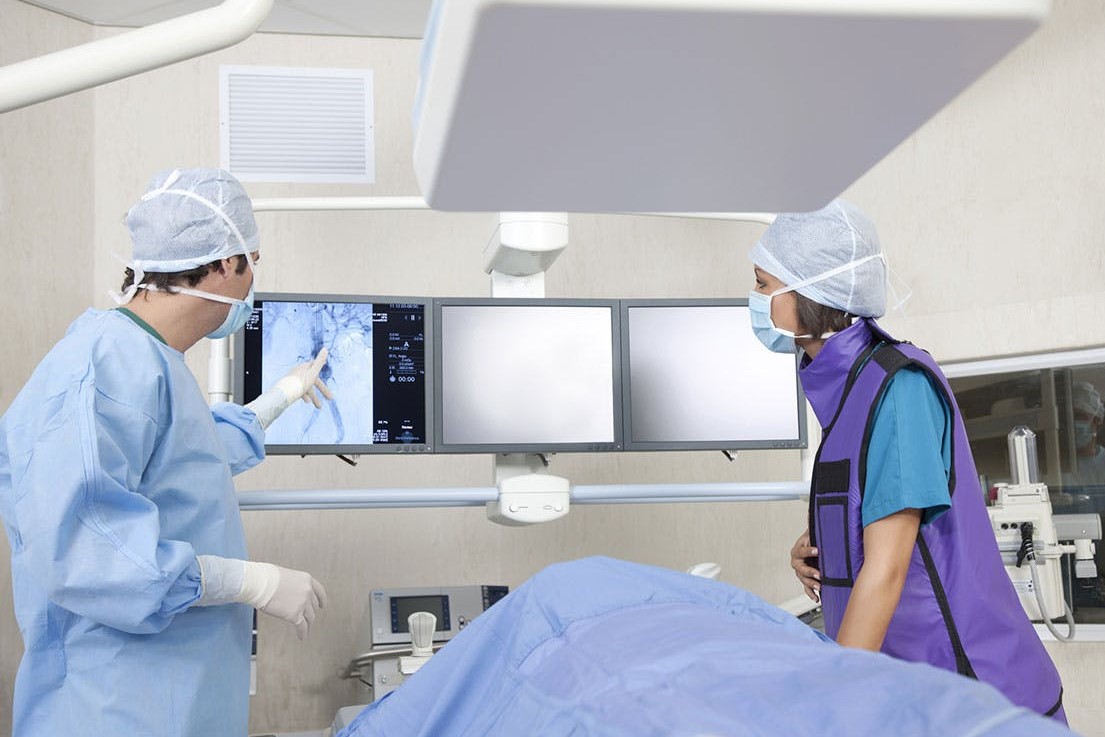
Robotic surgery: benefits and risks
Robotic surgery – also called robot-assisted surgery – allows doctors to perform various types of complex procedures with greater precision, flexibility and control
It is usually associated with minimally invasive surgery, characterised by procedures in which small incisions are made.
The most commonly used robotic system features mechanical arms equipped with a chamber and surgical instruments.
The surgeon controls the arms while sitting in front of a console equipped with a monitor, close to the operating table.
The console provides the surgeon with a high-definition, three-dimensional, magnified view of the surgical site.
The advantages of robotic surgery
Surgeons using the robotic system claim that, in relation to many procedures, this technique improves precision, flexibility and control during the operation and allows a better view of the site than traditional procedures.
By using this surgery, surgeons are able to perform delicate and complex procedures that might be difficult or even impossible with other methods.
As already mentioned, this surgery also often makes the minimally invasive technique possible, which has less blood loss and pain perception as well as a reduced possibility of complications.
Robotic surgery is not without risks
Some of these can be similar to those of traditional procedures: one of them being the risk of infection.
For this reason, it is very important to consult your family doctor before undergoing this type of surgery, the feasibility of which also depends on a number of other factors such as the doctor’s training and convictions and the availability of equipment.
The areas of application of robotic surgery
This surgery is mainly used in cardio-thoracic and gastrointestinal surgery, gynaecology, oncology, paediatrics and urology.
In the latter, doctors use robotic surgery to operate on the prostate, kidneys, bladder and ureter.
In the future, it is hoped that this surgical technique will also be used for INTERVENTIONS involving the cervix, thyroid, colon, liver, pancreas and kidneys.
Read Also:
Emergency Live Even More…Live: Download The New Free App Of Your Newspaper For IOS And Android
Implantable Robots And Magnetic Capsules: The New Frontier Of Insulin Infusion In Diabetics
Intraperitoneal Chemotherapy: Effectiveness For Certain Intestinal And Gynaecological Cancers
What Is Transoral Robotic Surgery (TORS)?
Ravenna, Italy: Two Prostheses Implanted With Mako Robotic Surgery


